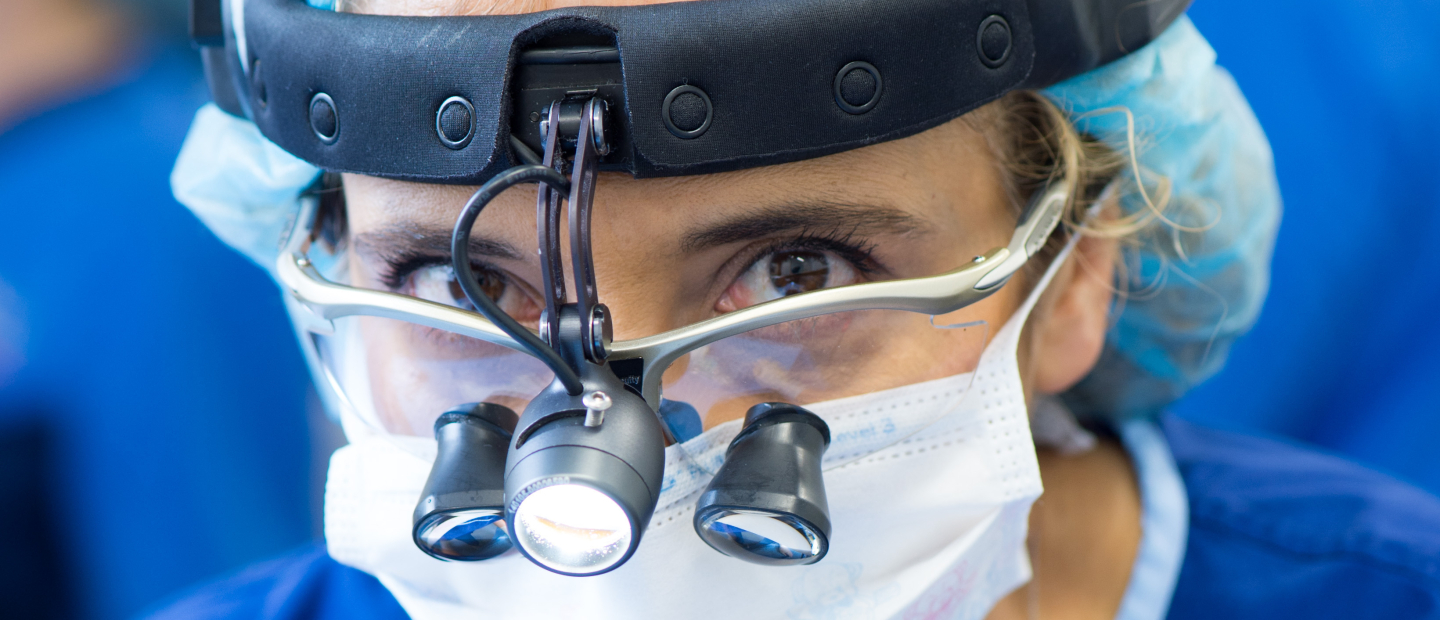What are female surgeons called? DON’T CALL ME MISTER – Call me Doctor
Honorifics or Horrorifics? Why are surgeons called mister? Why aren't surgeons called doctor?
By Samantha Pillay

The Royal Australasian College of Surgeons (RACS), formed in 1927, has finally passed a resolution to use gender-neutral titles. Surgeons will now be referred to by RACS as Doctor or by academic titles like Professor, breaking the anachronistic title of Mister for surgeons. While the resolution only applies to official RACS communication and policies, allowing male surgeons to still call themselves Mister, it is a hugely significant and symbolic step for the profession. The change to inclusive language reflects the changes in society and conveys gender equality. The origins of Mister date back to a time of male-only surgeons with no consideration for modern surgeons; male, female, gender diverse and non-binary.
Change has been slow for an institution steeped in tradition, finally bringing surgeons into line with other gender-neutral occupations like police officers, firefighters, and flight attendants.
Most importantly, this change reduces confusion for patients who must understand who is treating them. The Adelaide Women’s and Children’s Hospital led the way in early 2021 when they removed the title of Mister for surgeons, eliminating confusion for children understanding their medical team.
To understand the arcane historical roots of this tradition, we need to look at how the profession of a surgeon came about.
During the Middle Ages, people didn’t just go to barbers for a haircut. They also went for bloodletting and other procedures. By cutting open a vein to drain blood, bloodletting was a common remedy for various ailments. The traditional red and white striped barber pole represented the blood and the white bandages used to stem the bleeding.
Monks, assisted by barbers, performed surgery, but in 1163 Pope Callixtus II prohibited clergymen from performing blood-letting and other surgical procedures. So, barbers took over this role and others, such as teeth pulling, that the physicians of the time thought we beneath them. Unlike surgeons who underwent training by apprenticeship, physicians acquired a university medical doctorate and the title doctor.
In 1308 the Barber Guild was formed. During this time in London, true-surgeons developed who were more skilled than barber-surgeons. In 1493 English true-surgeons entered a working agreement with the barber-surgeons.
In 1540 King Henry VIII united these two groups as the “Masters, Governors of the Mystery and Commonalty of Barbers and Surgery of London.” He gave members the right to be addressed as Mr., pronounced Master.
The association of surgeons and barber-surgeons continued until 1745, when the true-surgeons separated to form the Company of Surgeons. In 1800 the Company was granted a Royal Charter to become the Royal College of Surgeons of London. Members had a formal qualification after examination and put MRCS after their name. Many general practitioners also acquired this qualification and performed surgery, calling themselves surgeons. London became home to an elite group of ‘pure surgeons’ who possessed a higher level of surgical skill and held a hospital appointment. Only pure surgeons were eligible for election to the College of Surgeons. Only pure surgeons were allowed to use the front door to the college; the general practitioners required to use the back door.
In 1843 the Royal College of Surgeons of London changed to the Royal College of Surgeons of England. In addition, the rank of fellow (FRCS) was introduced for the pure surgeon.
The London surgeons were earning the highest incomes and saw themselves at the top of the medical hierarchy. Being addressed as Mr was no longer a put-down but became a status symbol for surgeons as superiority over other medical specialties and general practitioners. Hardly inclusive language. Some viewed the title as snobbery and elitism.
The practise spread from the UK to Australia but not to North America, where surgeons use Dr or MD. The gender-neutral title resolution, RACS’ Diversity and Inclusion Plan, and the introduction of flexible training models carve a bright, inclusive, and progressive future – change is afoot.